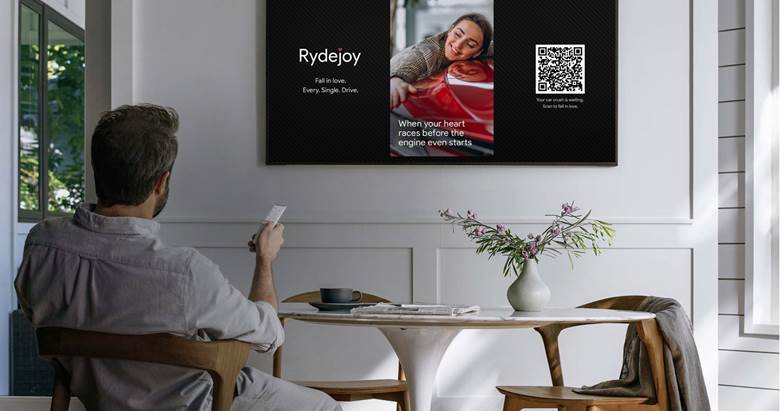Reader Feedback
Lower the visual volume
Dear editor:
First, I agree 100 percent with your editorial “Lower the visual volume” in October 2005.
A colleague at the office complains after every NASCAR race that he misses parts of the on-screen action because of the additional information displayed throughout the race.
I advised him that it seems to be that way with all sports and news programming. Personally, I also find it distracting.
Second, in the article “UTP: Using Cat cable for video” that same month, Steve Lampen of Belden asks, “So why the rush to UTP?” He proceeds to answer, “Because it is cheap, readily available and easy to install. A couple of well-trained cavemen could easily install it.”
Well, speaking as a caveman, I can only reply, “That is not cool man.”
Larry Cox
Professional Products
The professional video industry's #1 source for news, trends and product and tech information. Sign up below.
Steve Lampen responds:
I assume you've seen the TV ads for GEICO featuring some insulted cavemen. Perhaps they are simply structurally challenged (live in caves instead of homes). Obviously, they are good with tools and are really focused on what they do, so I think they would make great network installers. Hard to attach the 110-block to the rock face? Maybe, but glue would work.
Standards
Michael Robin:
The February 2006 article on standards is a real saver. As my first video teacher said, “The most important thing about standards is that there are so many from which to choose.”
I'm aware that the Betacam and MII Y,Pb and Pr signals are different. Do either of them match today's consumer equipment Y,Pb and Pr or is that yet another different standard?
Byron Smith
Michael Robin responds:
The answer to your question is yes, no or maybe. In other words, there is no standard.
Essentially, Y,Pb and Pr are the consumer equipment manufacturers' translation of the EBU N10/ITU-R-BT601 E'y,E'cb and E'cr terms. For a 100/0/100/0 color bar signal, this would result in 700mV p-p amplitude for each of the three component signals and no black setup.
Some organizations have carried out comparative tests of the outputs of several DVD players and found variations among them as well as with Betacam signals. In many of these comparative tests, there is no mention of the type of color bars signals used in the comparisons, so the results are essentially meaningless except to indicate that there is no standardization.
The comparison is further complicated by the fact that color bar test signals used with Betacam equipment are essentially 75/7.5/75/7.5, with the color difference signals raised to 100 (714mV) and an additional 100 (714mV) white bar added to the 75 white bar.
To uninformed people, this would appear to be a 100/0/100/0 color bar signal, which it is not. Using it in such tests would increase the ambiguity. Essentially, the component analog signals of consumer equipment should meet EBU N10 specifications, which does not appear to be the case.
A disconnect
Dear editor:
Each month I peruse your magazine and marvel at the diversity of technologies and the plethora of tools behind television programming.
There is a disconnect, however, between what I see in your publication and the final product I see and hear as a television viewer.
I am puzzled with the gimmicky and the copycat nature of production by almost all but a few programmers.
Are the technologies described in your magazine the reason for my boredom and the rut in which my fellow broadcasters find themselves? They seem to be laboring (and programming) from within the confines of a trench!
Tom H. Jones
KNXR
Rochester, MN
Test Your Knowledge!
See the Freezeframe question of the month on page 8 and enter to win a Broadcast Engineering T-shirt.
Send answers toeditor@penton.com
